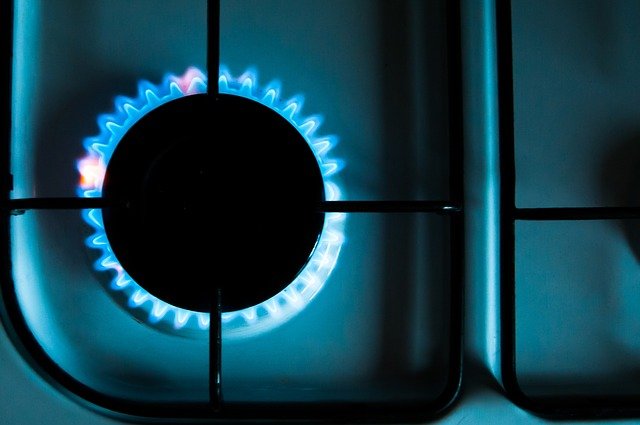
Commodities | EEMEA | UK

Commodities | EEMEA | UK
Summary
This article is only available to Macro Hive subscribers. Sign-up to receive world-class macro analysis with a daily curated newsletter, podcast, original content from award-winning researchers, cross market strategy, equity insights, trade ideas, crypto flow frameworks, academic paper summaries, explanation and analysis of market-moving events, community investor chat room, and more.
There is a clear strategic need for the EU to eliminate its dependence on Russian energy. Gas has been a high priority, with the EU establishing a plan to reduce reliance by up to 66% this year (if fully implemented). Meanwhile, the IEA is less punchy, planning to divest about 33% of Russian piped gas and LNG this year.
But gas is just one aspect. The reliance extends across virtually all fossil fuels. In 2020, imports from Russia accounted for 40% of the EU’s natural gas usage, 36% of its coal, and 27% of its oil. So even for countries with relatively low gas exposure (Poland and France, for instance), imports of Russian coal and oil drag up their reliance. On this basis, Russian imports account for 38% of Germany’s energy, 32% of Poland’s and 26% of the Netherlands’ and the smaller EU states’ (Chart 1).
Gas accounts for less than half of total EU imports of Russian energy. This is critical when considering strategies for divestment. The exposures spread across virtually all sectors and industries (Chart 2). As of 2017 (the year of the most recent EEA data), transport was the largest driver of oil demand in the EU. Households were the largest user of natural gas, followed closely by industry.

Our analysis suggests Germany, Poland, the Netherlands and the smaller EU states are most exposed to Russia, with a quarter to a third of their total energy coming from Russia. France, Spain and Belgium are less exposed but still rely on Russia for more than 10% of their energy.
This is driving policy already. German plans to diversify include two new LNG terminals contributing around 570 GWh/d of capacity (around 40% of Germany’s Russian pipeline capacity). But even the punchiest estimates put the start of this supply coming online in a year and a half. Current plans see a path to become independent from coal and oil this year, but natural gas will take until 2024. Green Economy Minister Robert Habeck, meanwhile, continues to oppose extending nuclear usage.
Italy has focused on boosting gas imports from Azerbaijan and Algeria, while flagship utility company Enel has cancelled plans to convert its two largest coal power plants to gas.
Poland is stuck searching for alternatives to Russian coal. A switch to EU-mined coal is possible as the EU has its own substantial coal deposits (particularly lignite in Germany, and hard-coal in Poland). But right now, countries seem more willing to delay plans to stop coal use than reopen closed mines. That could leave a painful supply/demand equation.
The problem is the sustainability of the solutions and the limitations of current infrastructure. LNG is the easiest like-for-like replacement for gas. But there are questions as to its supply, and to be a solution for the whole bloc, it would need to enter infrastructure in regions that have existing capacity to redistribute. The UK, Germany and Spain should be fine on that front, given they already act as hubs. The difficulty is in the bloc’s east, which has limited or zero access to the open sea and may lack sufficient infrastructure to receive gas travelling eastwards (Chart 3).

The bottom line is that the job to uncouple Europe from Russian energy goes far beyond simply natural gas exposure. There are no quick fixes. A holistic approach to both replacing supply and managing demand are key. And our follow up piece will examine how this is possible.
This is an important juncture for energy produced within the European bloc. The political appetite to increase renewables spend has been here for some time. Now the geostrategic case has reared its head. We expect this will mean that the rate of investment will continue to build ahead, presenting attractive opportunities within the space. We investigate this further in the next instalment.
Spring sale - Prime Membership only £3 for 3 months! Get trade ideas and macro insights now
Your subscription has been successfully canceled.
Discount Applied - Your subscription has now updated with Coupon and from next payment Discount will be applied.